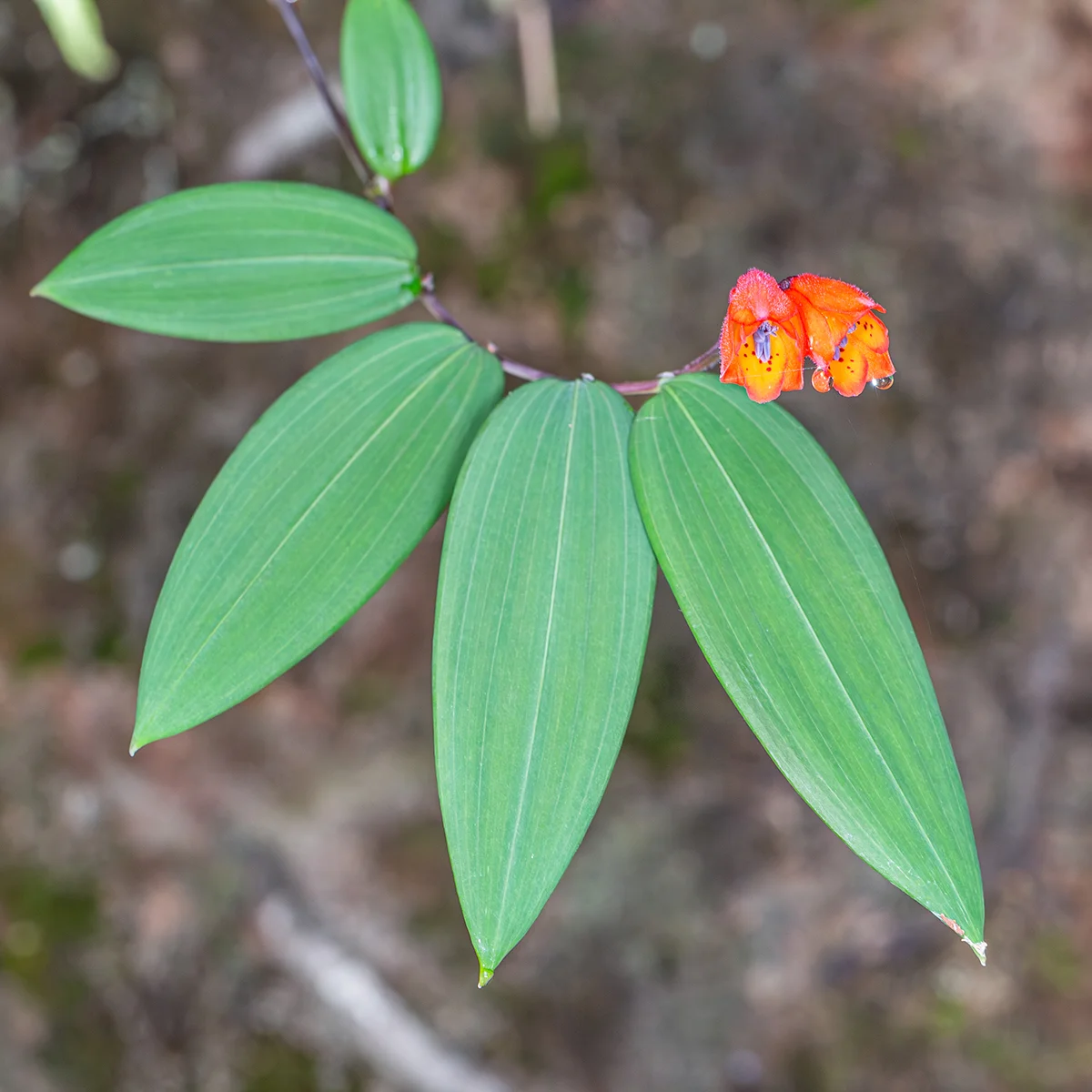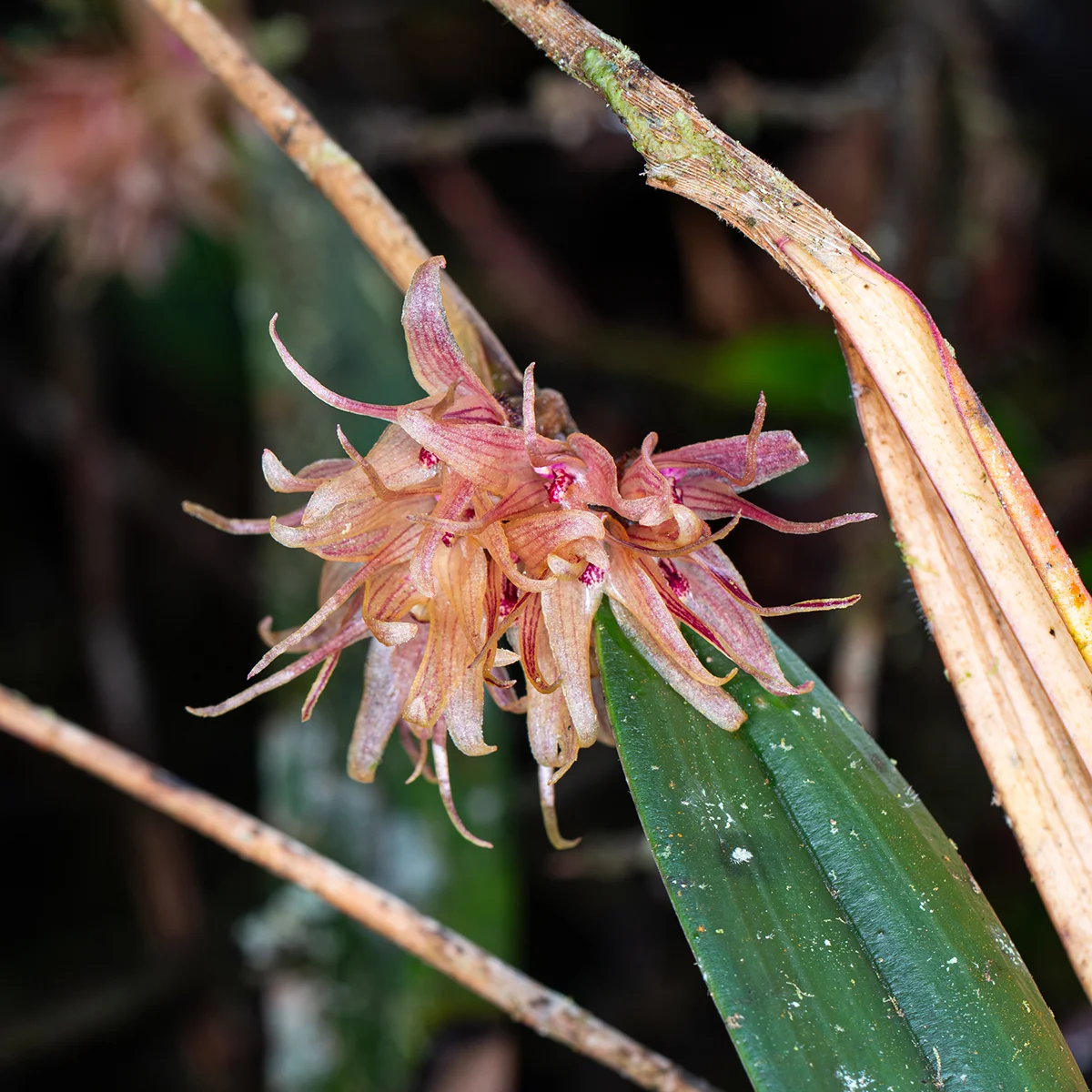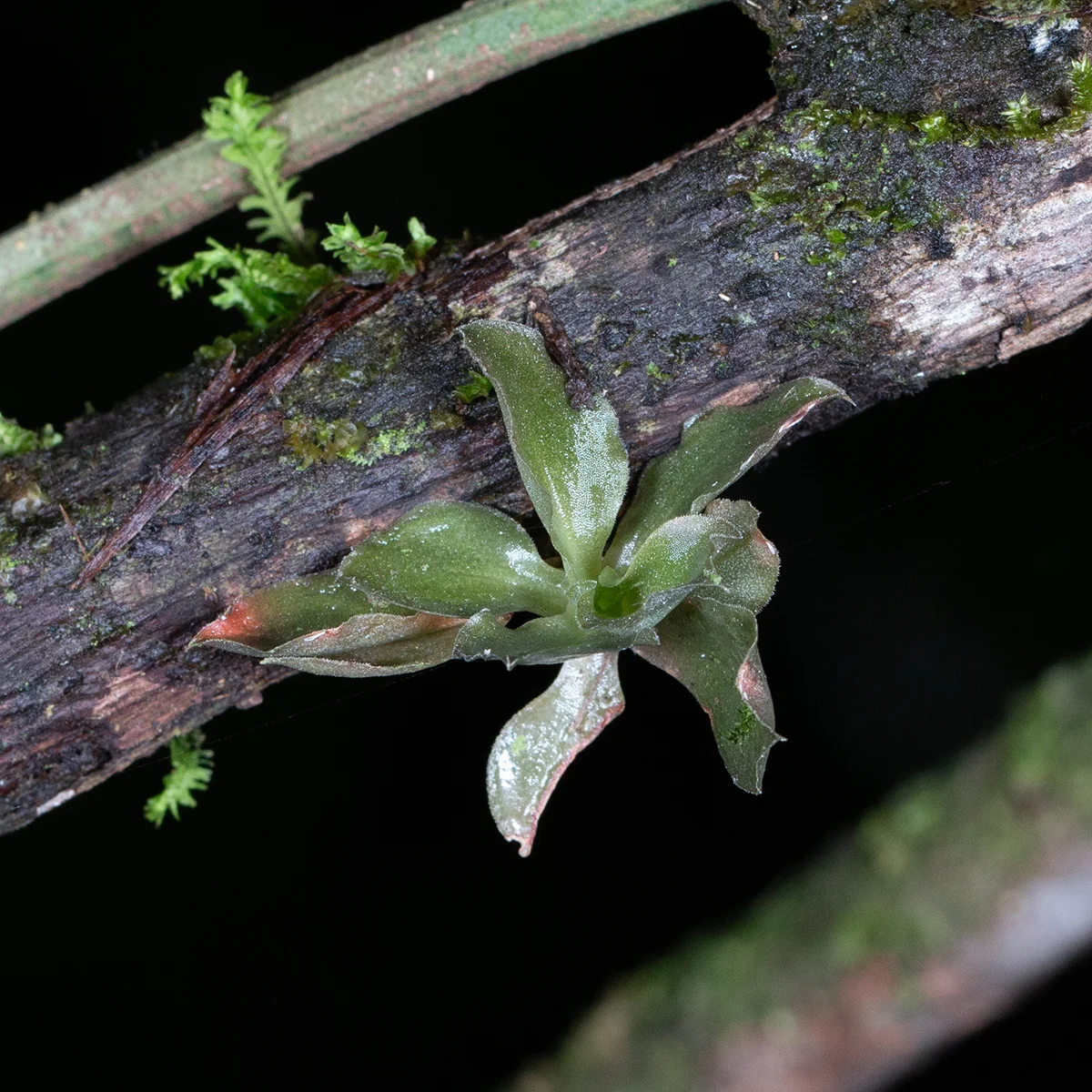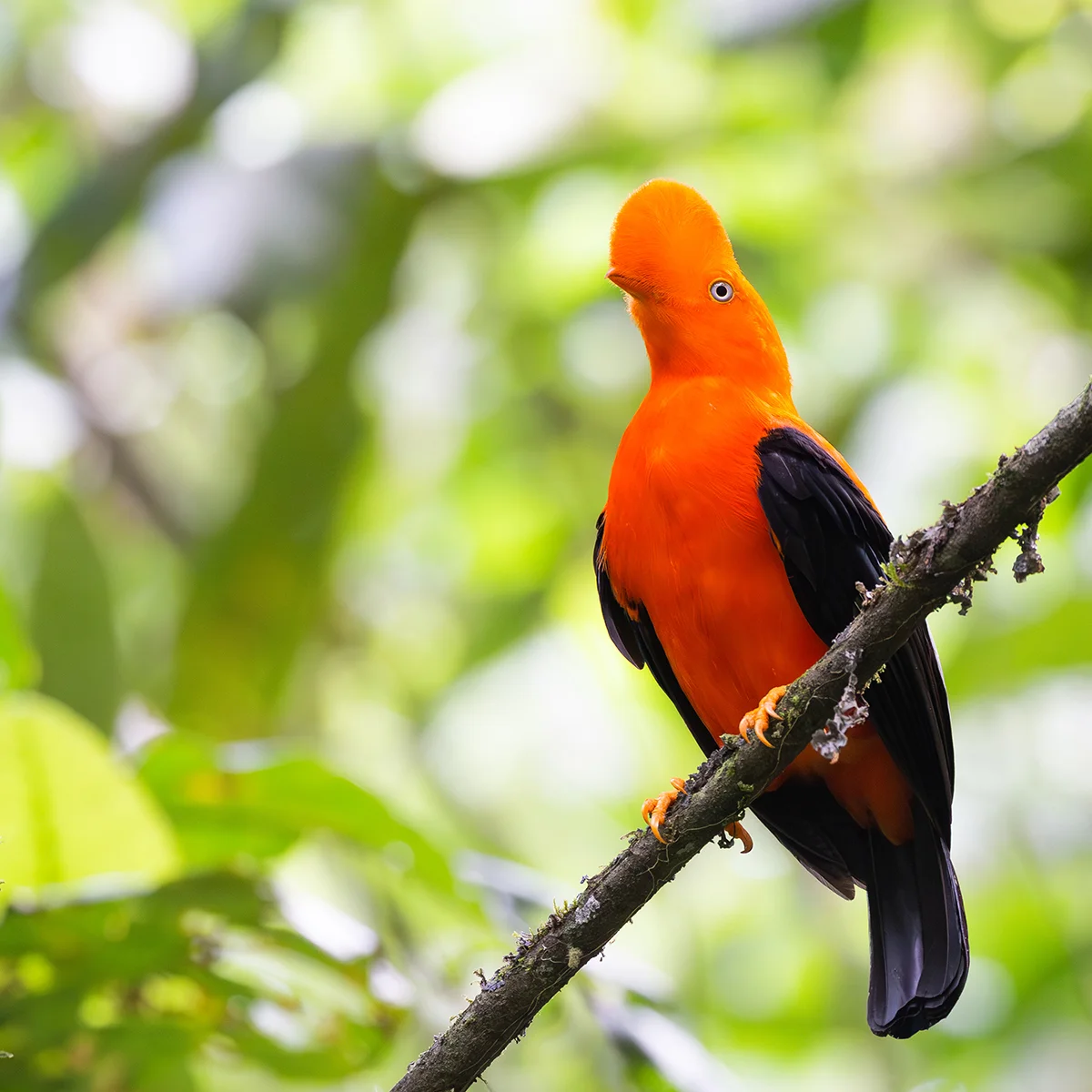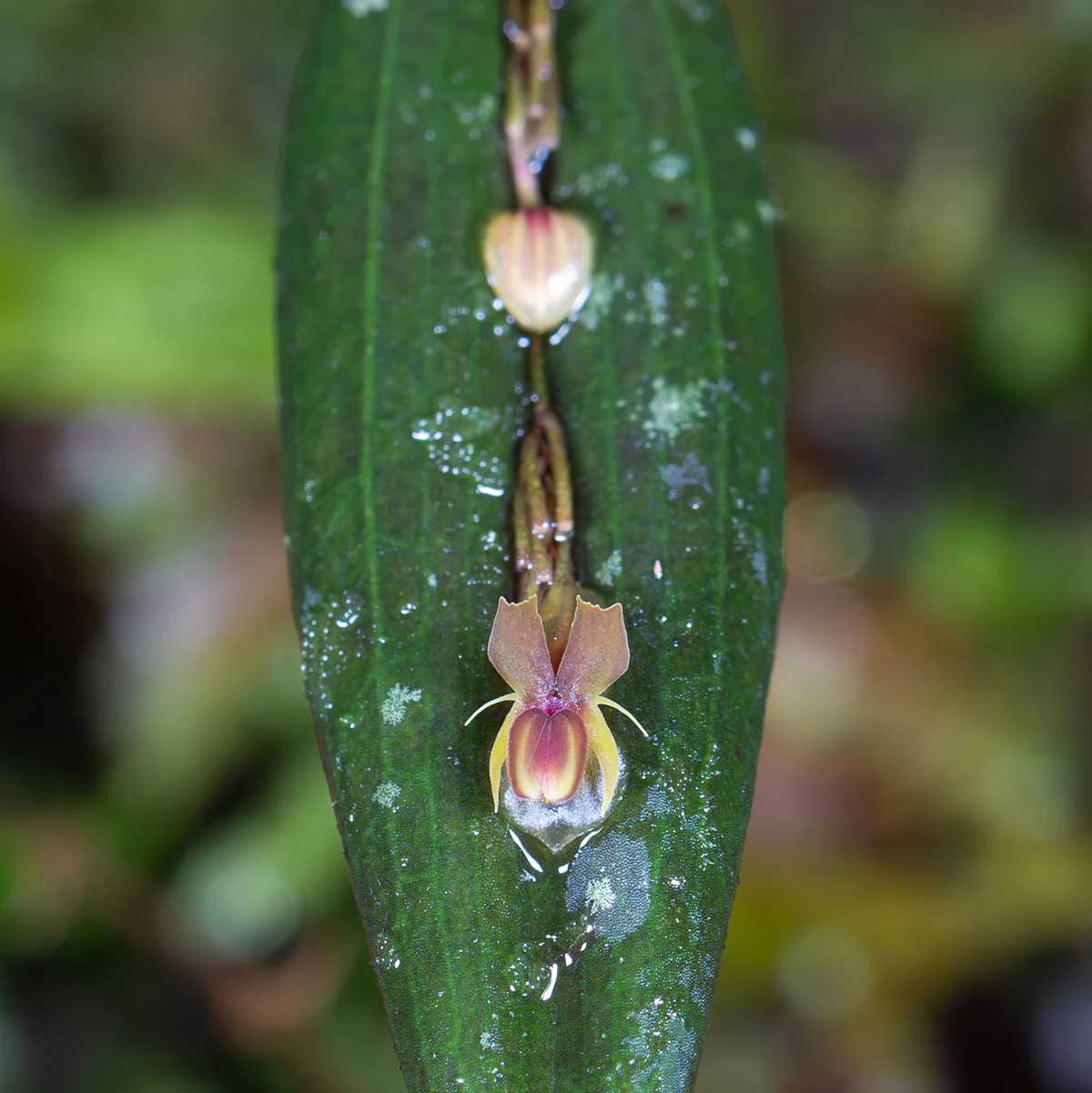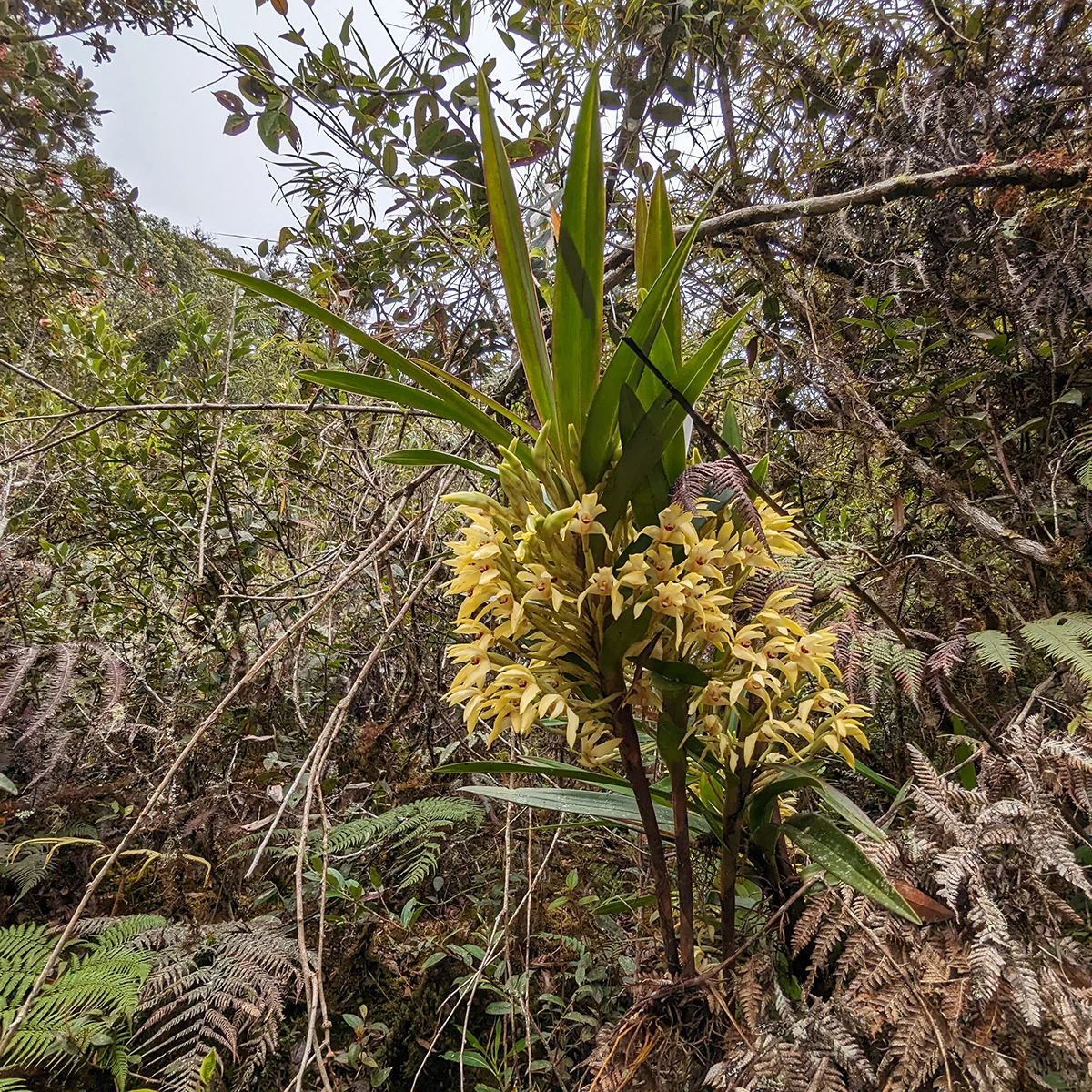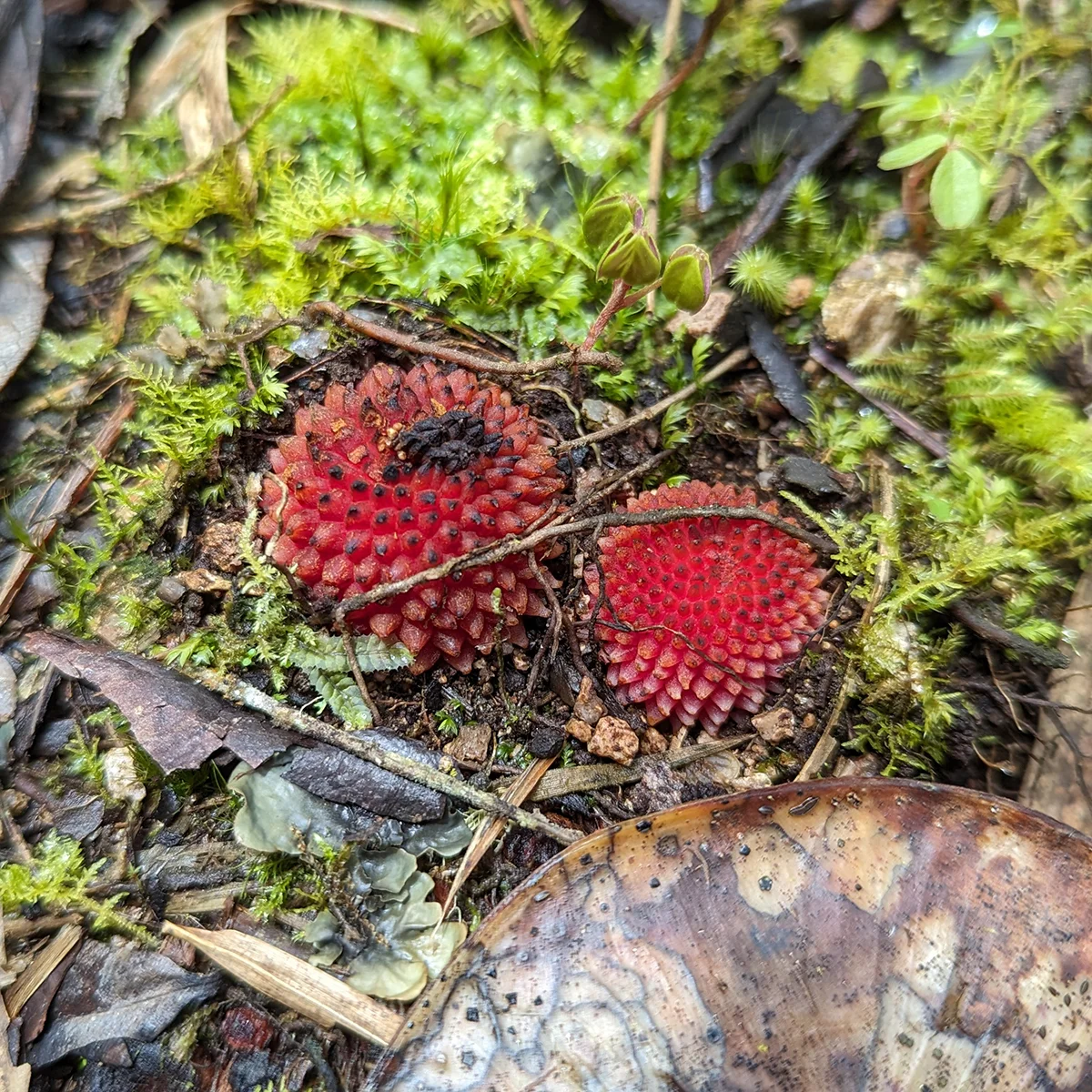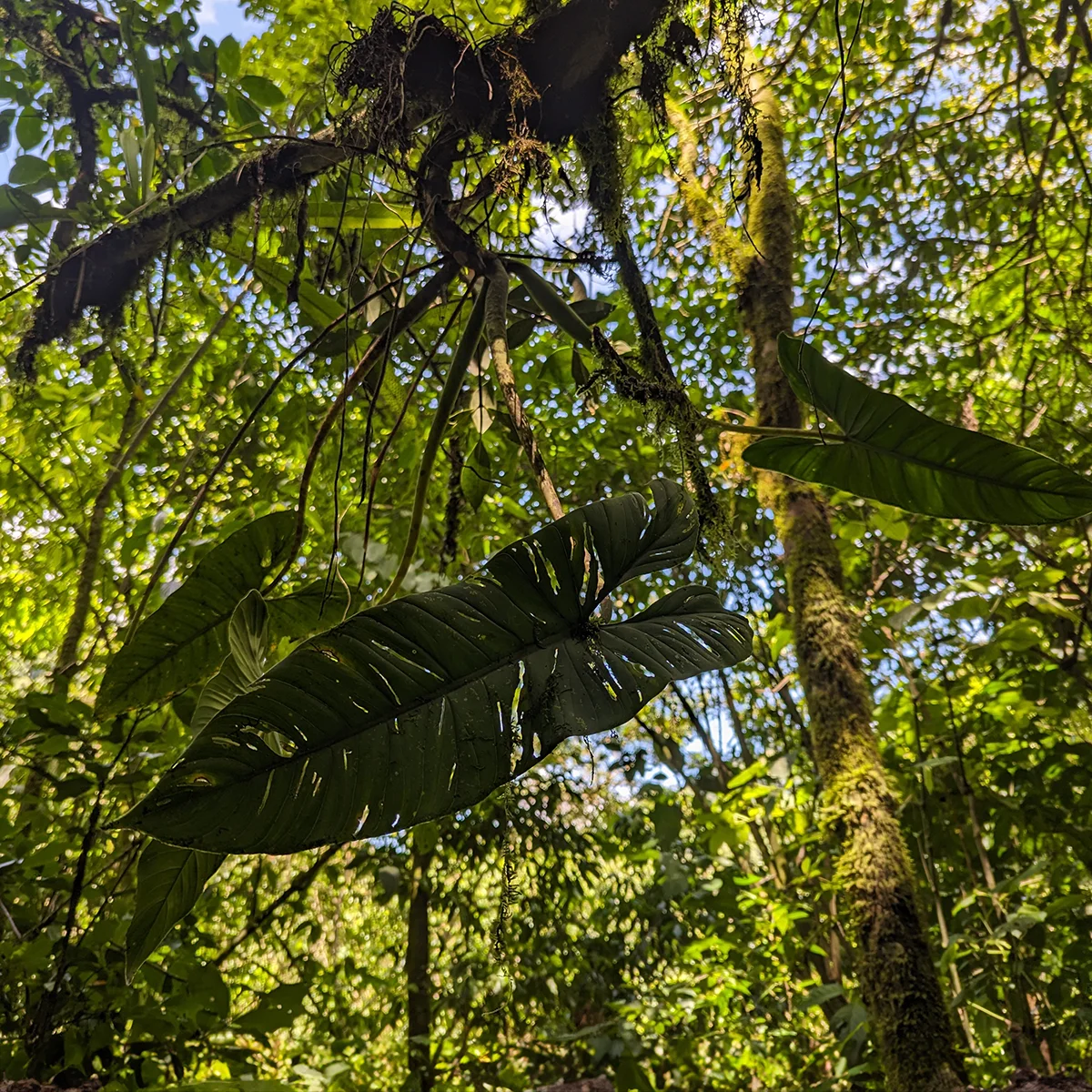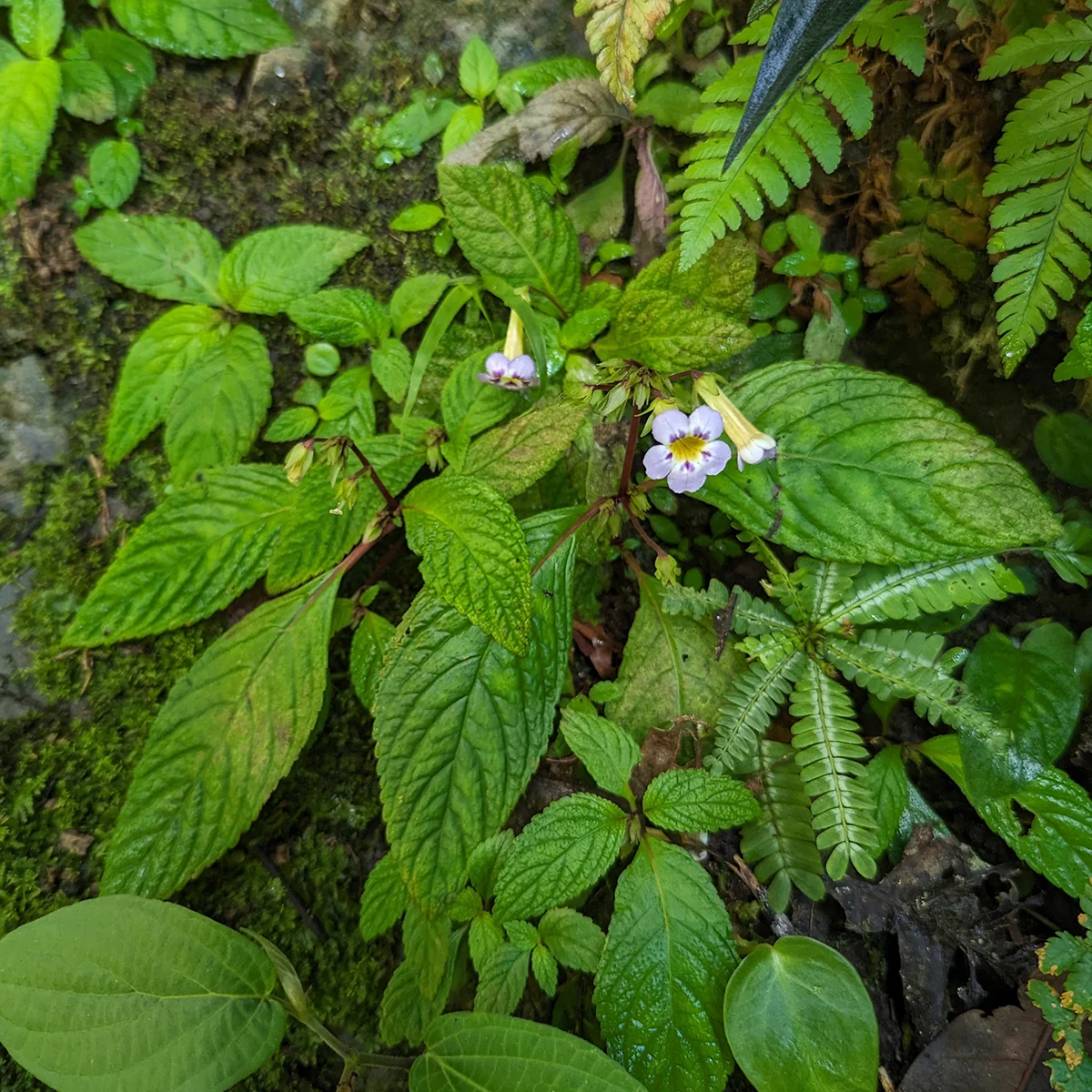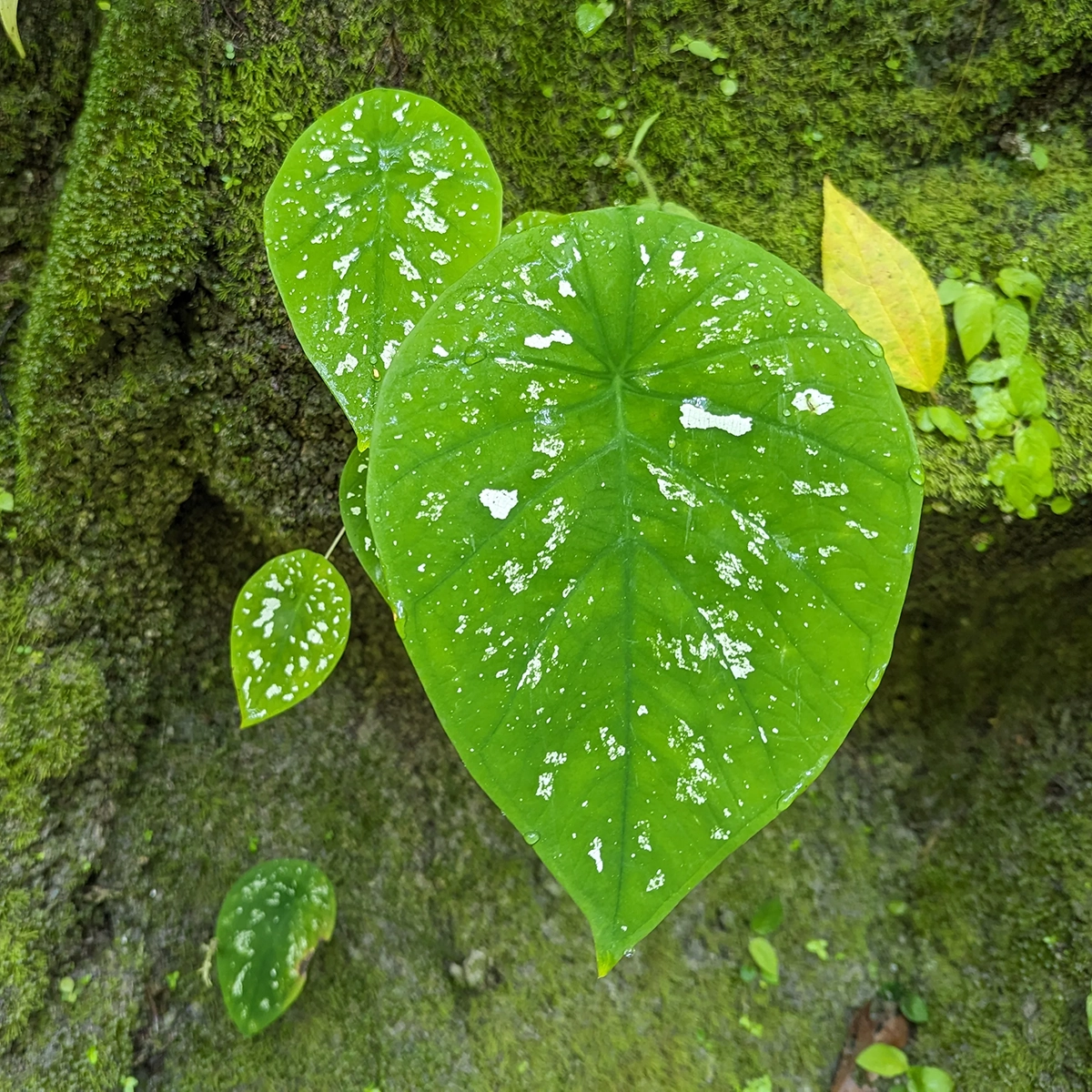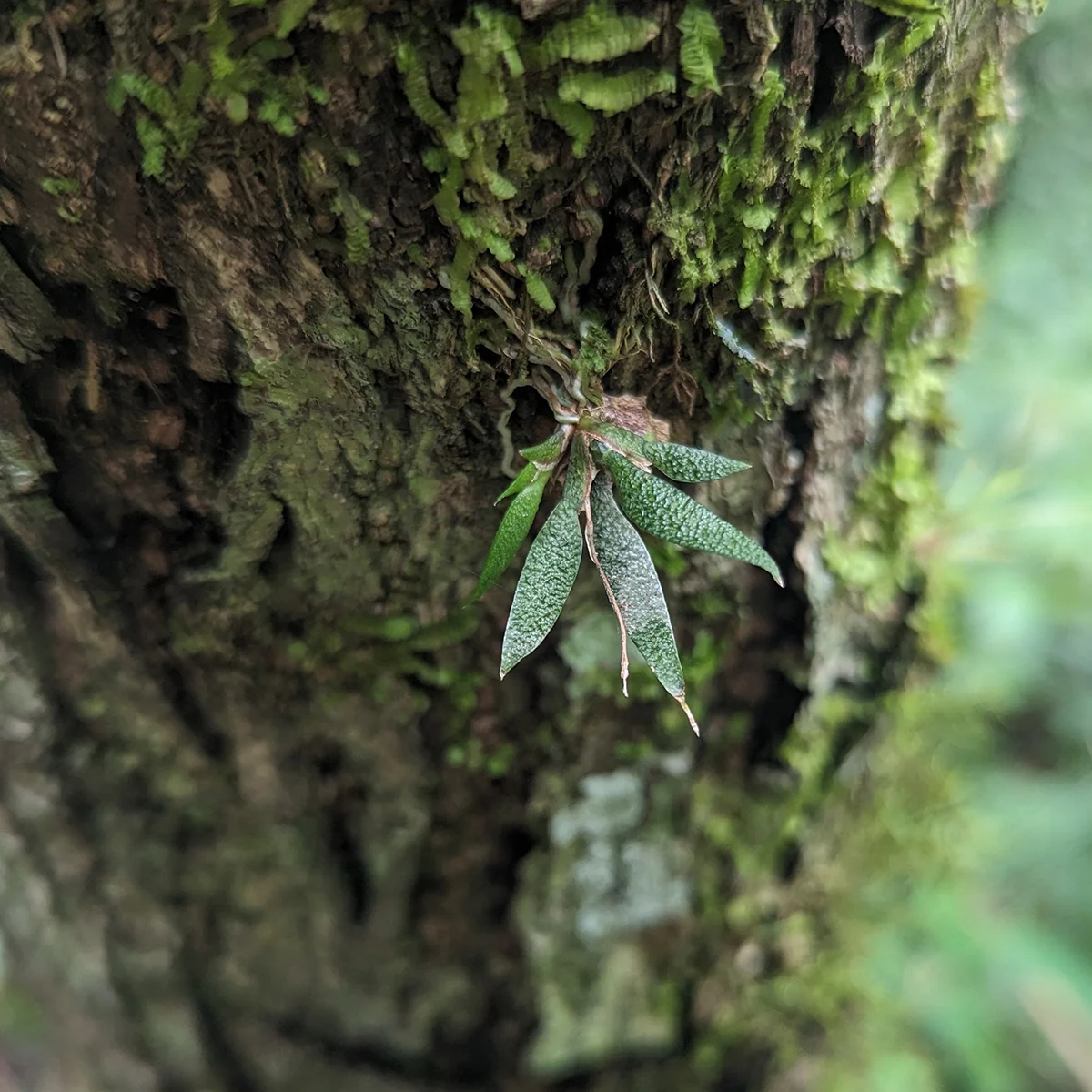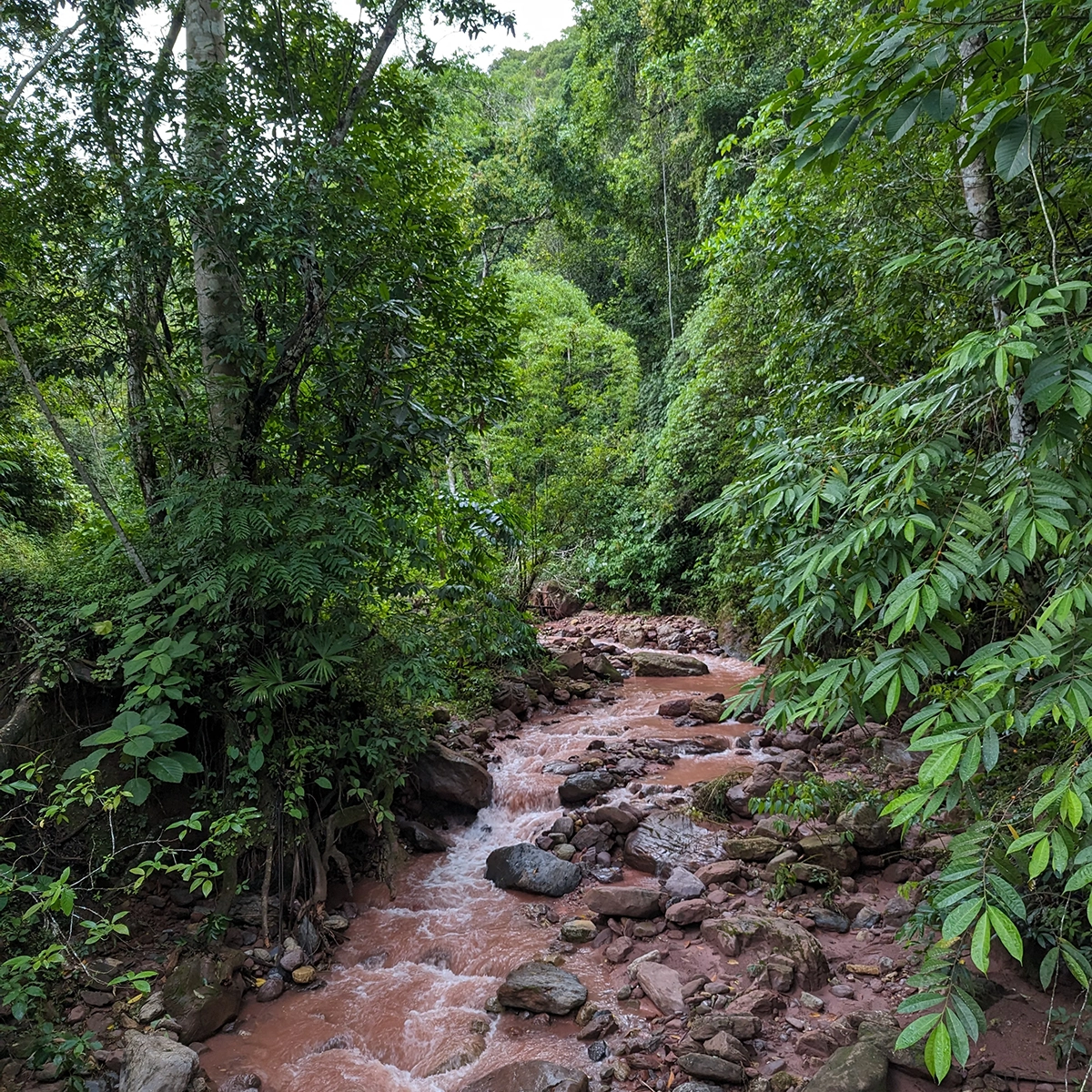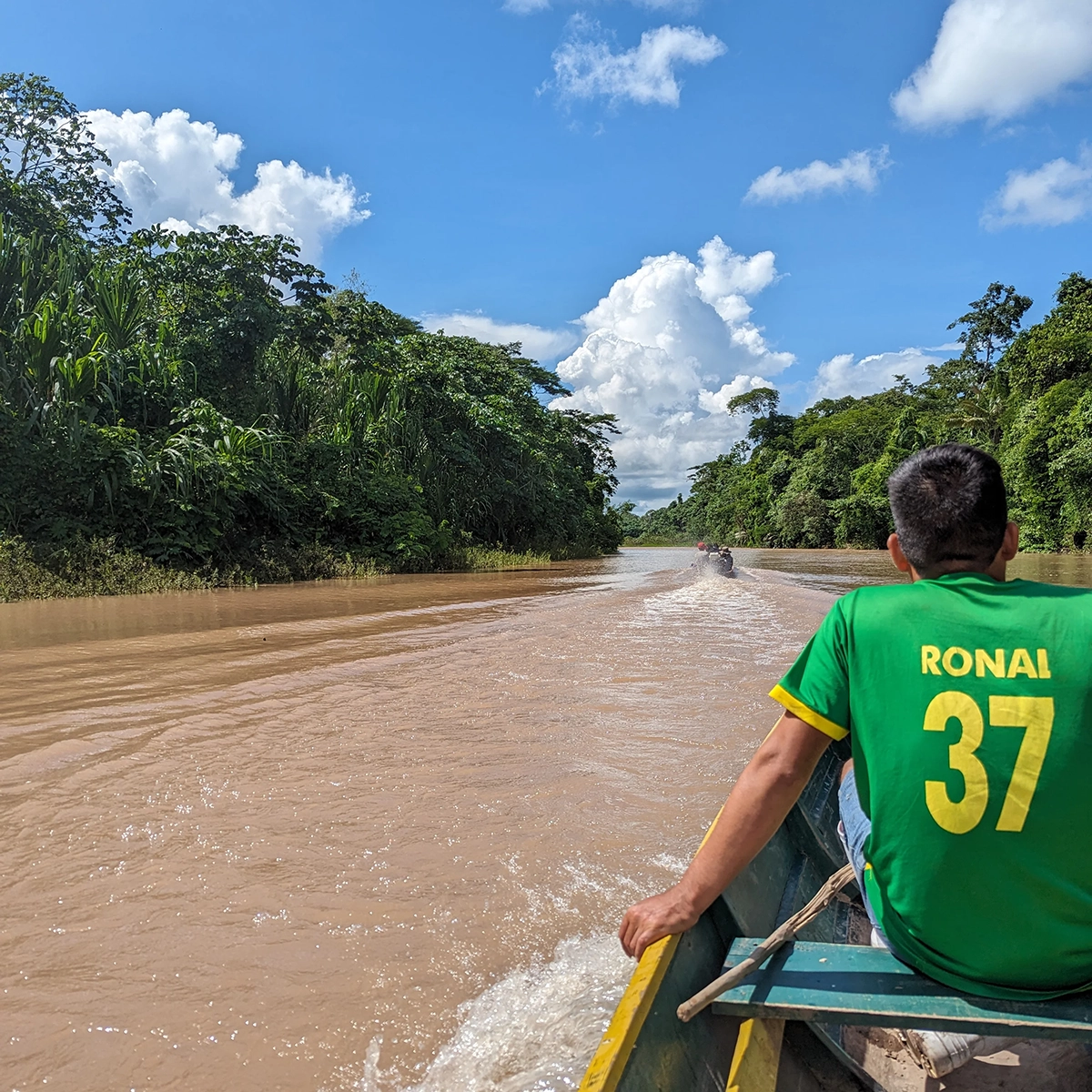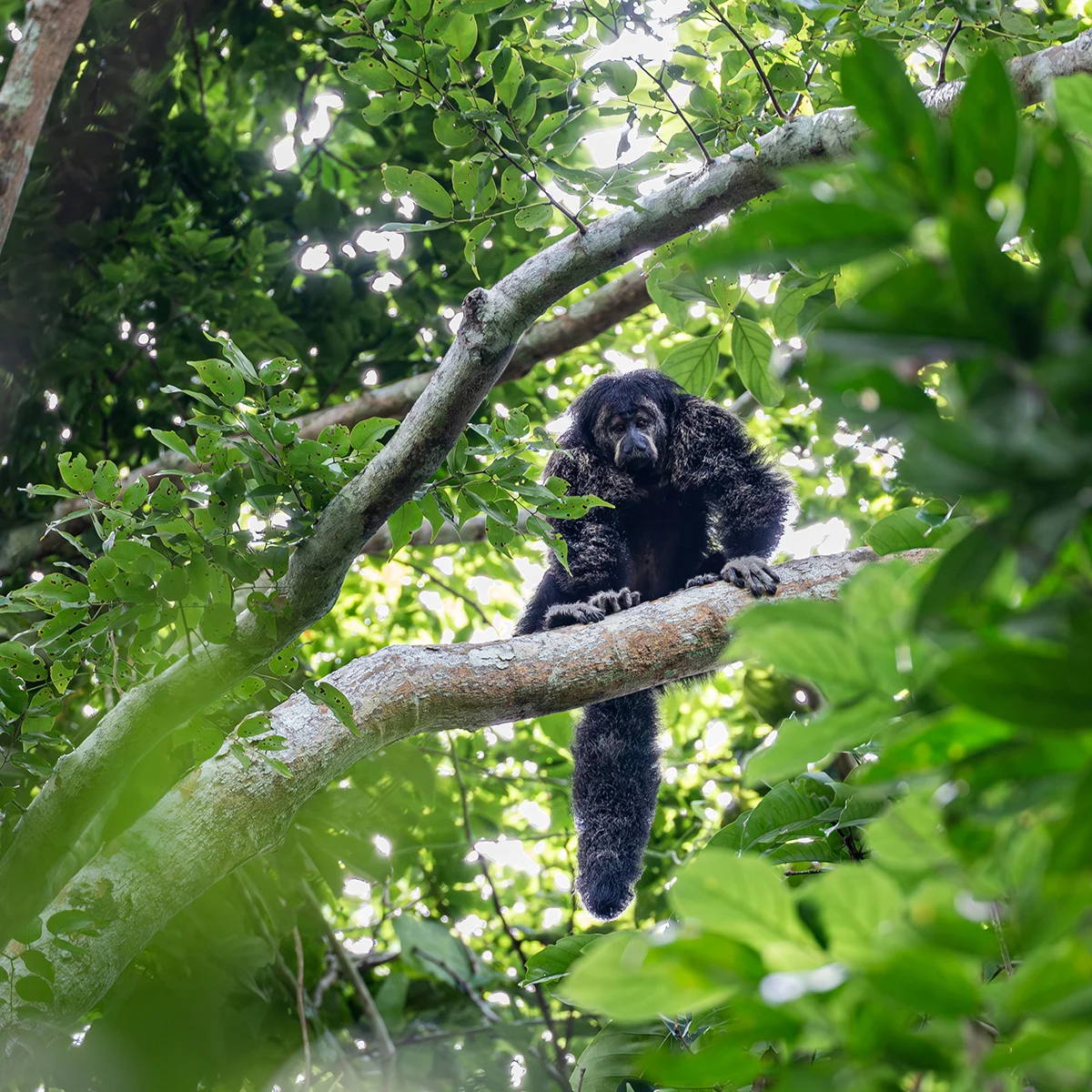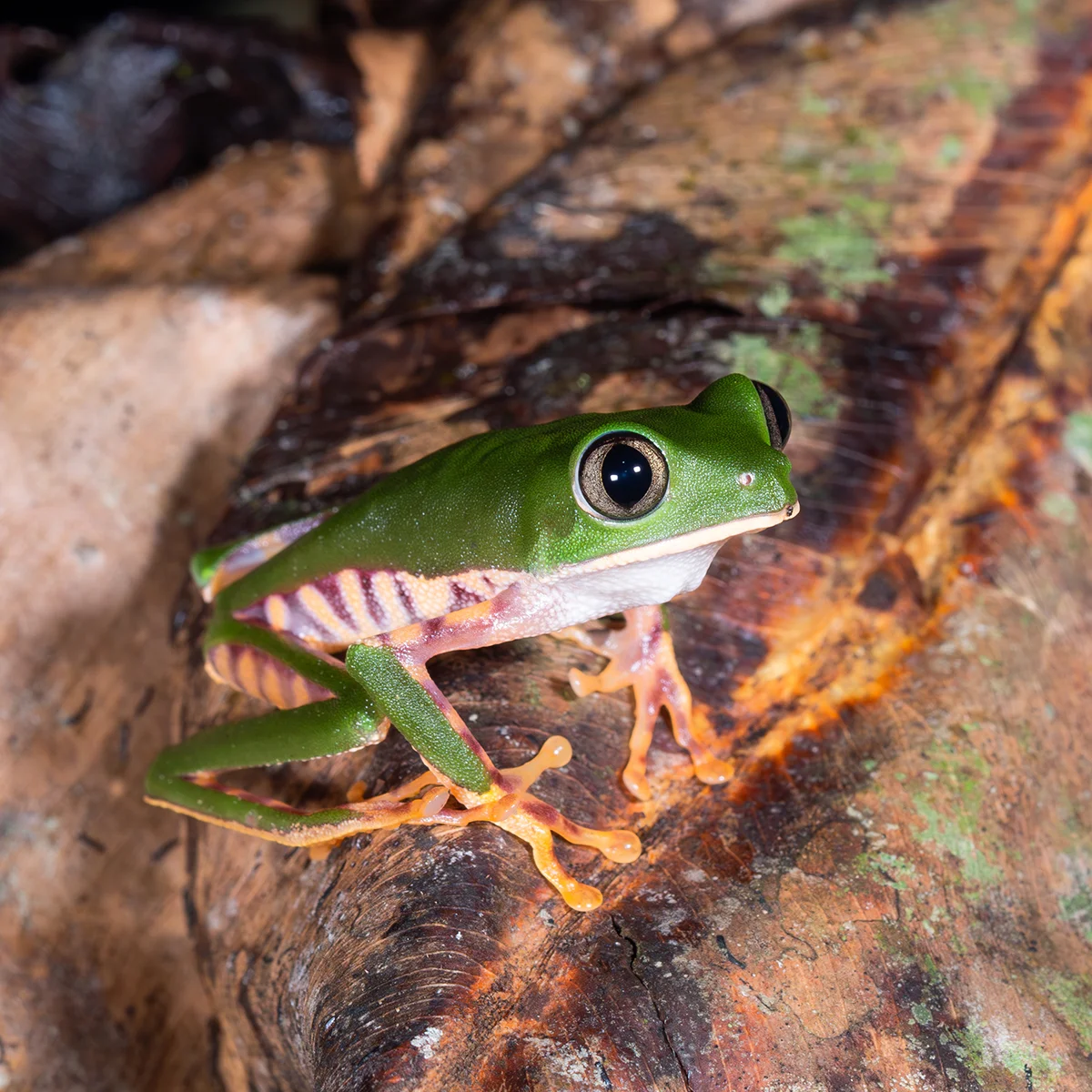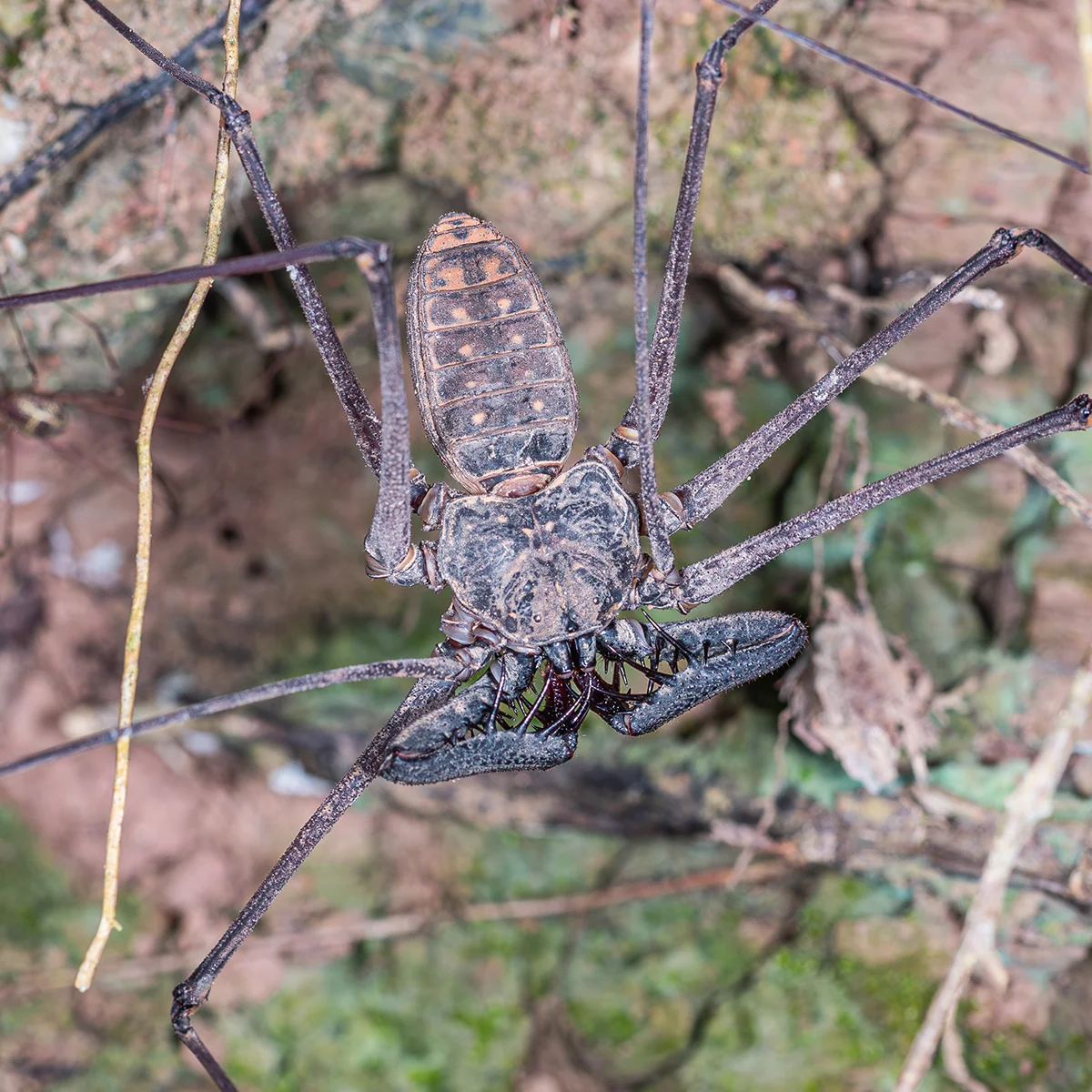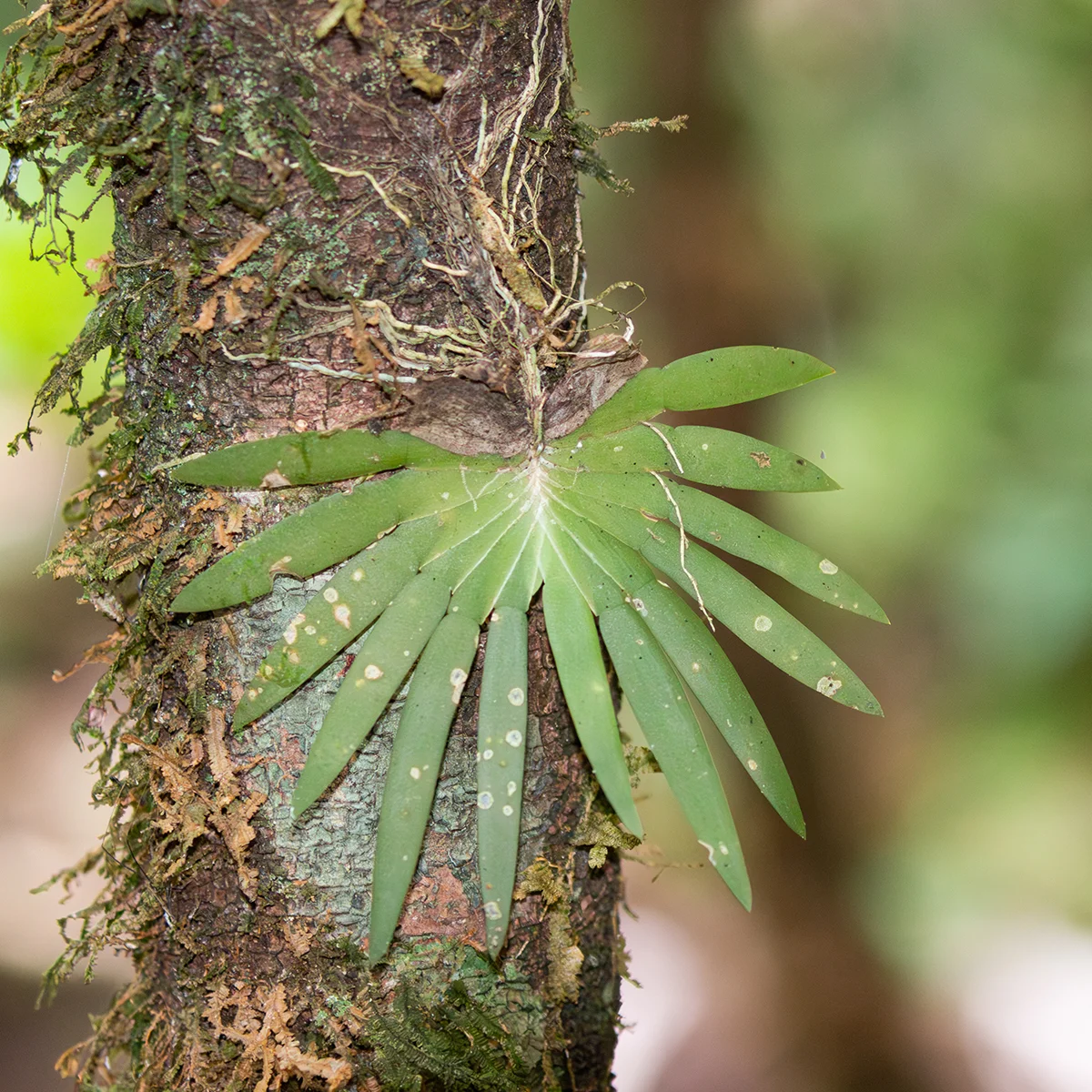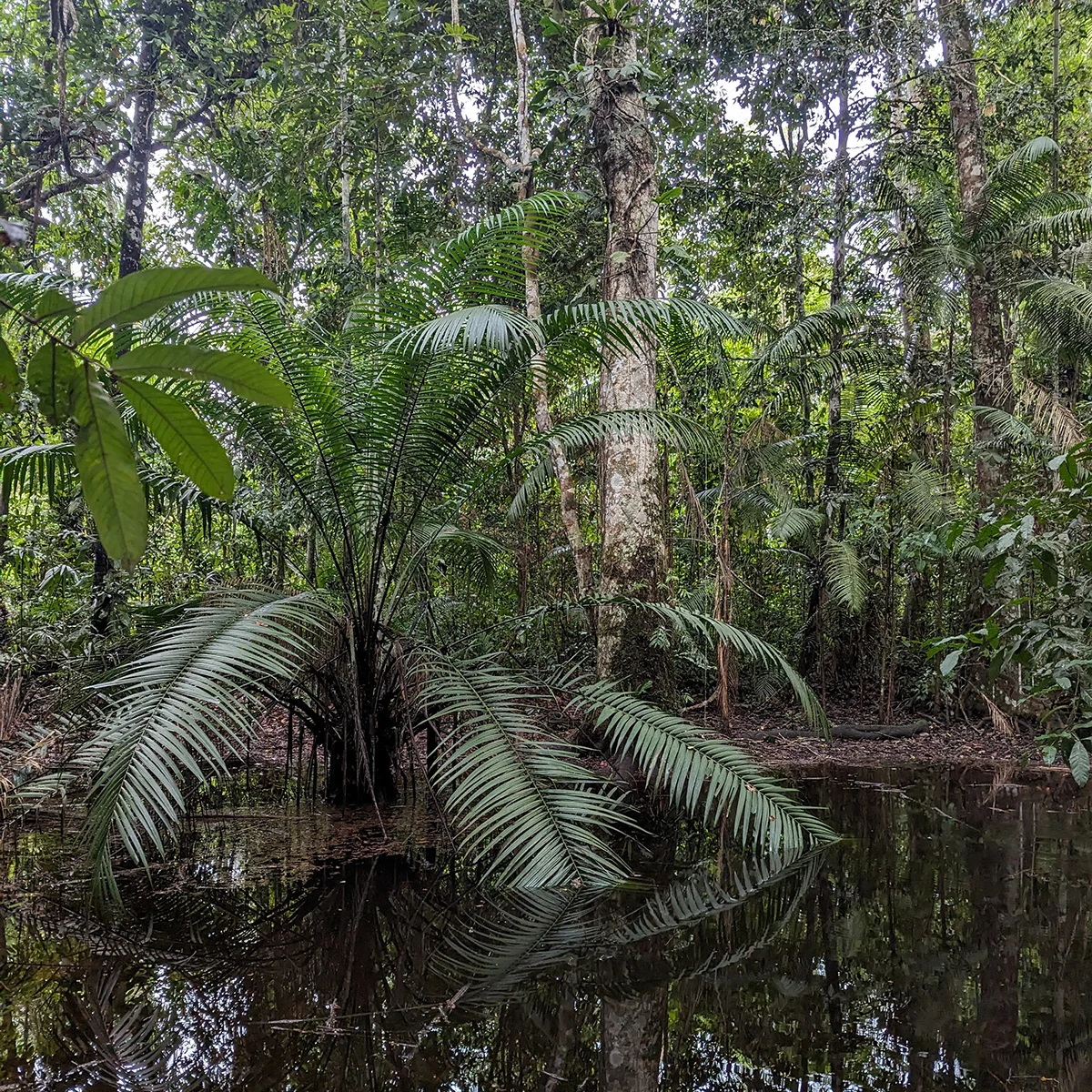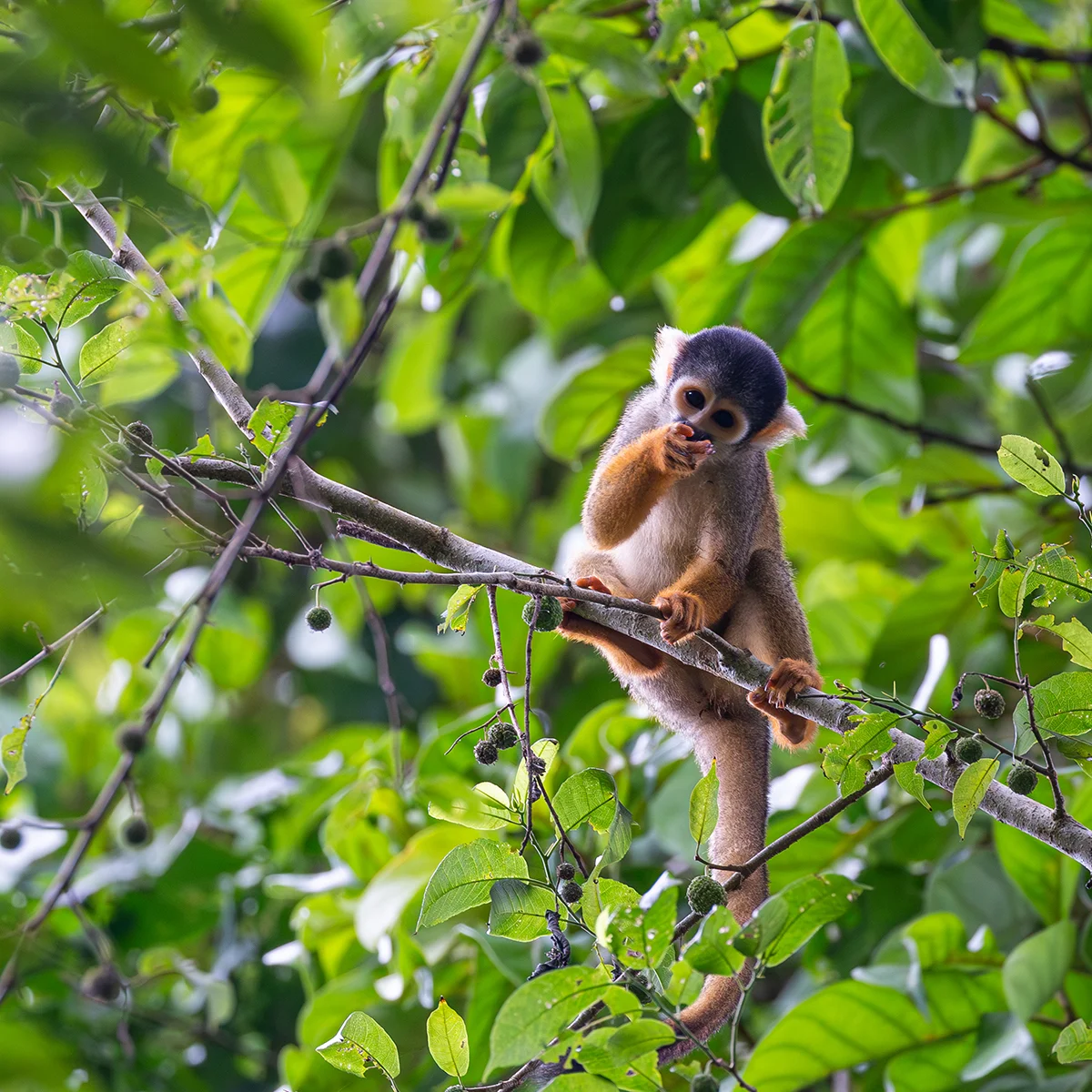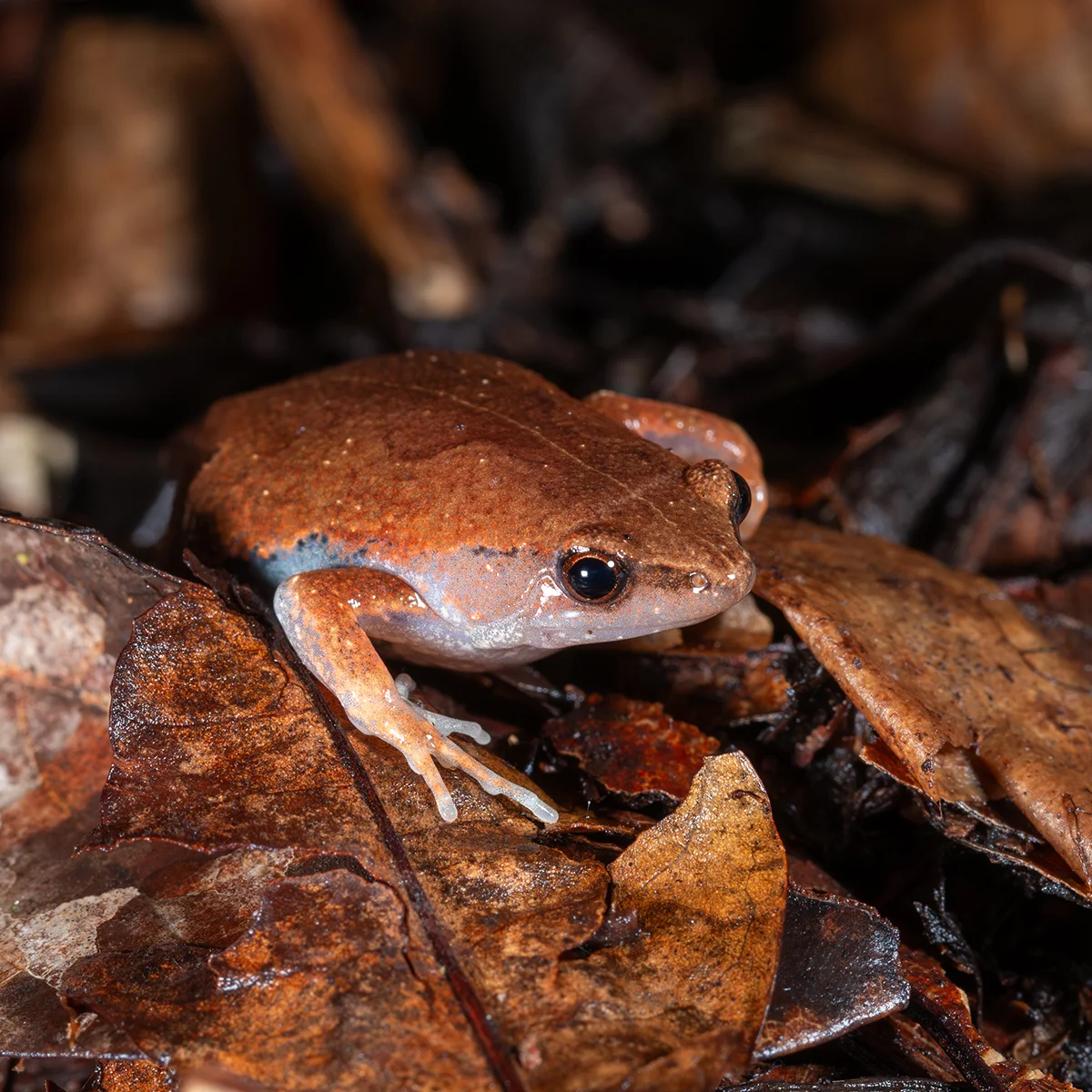2023.12 · Pasco and Huánuco, Perú
Peru is one of the most biodiverse countries on Earth, boasting coastal deserts, high-altitude Andean habitats, and both highland and lowland forests on the eastern slopes of the Andes. It’s a paradise for nature lovers.
Our itinerary began when a Peruvian colleague mentioned he was heading to Oxapampa and invited us along. We planned to explore the cloud forest around Oxapampa first, then gradually descend in altitude until we reached the lowland rainforest of Panguana.
Getting around the region is relatively simple thanks to colectivos (singular: colectivo), private shuttle pickups that depart from each town’s station (called terminal), but only when they’re full. You can choose to sit inside the cabin (cabina) or, for a more adventurous ride, on a wooden plank in the cargo bed (tolva).
Overview of the trip
1 · Oxapampa
Oxapampa is a town on the Amazonian side of the Peruvian Andes. It’s a ten-hour drive from Lima - on our journey we took a surprisingly comfortable bus operated by Cruz del Sur, though I believe another company also serves the route.
Perched at about 1,800 m above sea level, the town enjoys mild temperatures year-round, with distinct dry (April–October) and wet (November–March) seasons. We visited in December, during the wet season, but were fortunate: it didn’t rain heavily. A welcome respite after nearly a month of virtually constant showers, as we were told.
Oxapampa is the nearest sizable town to Yanachaga-Chemillén National Park, which was our main reason for going there.
2 · Yanachaga-Chemillén National Park
This national park lies within the Tropical Andes biodiversity hotspot and features fascinating relict forests. The terrain is rugged, with elevations ranging from below 500 m to over 3,600 m. Cloud forest is the dominant habitat, supporting a diverse flora that includes popular groups such as orchids, bromeliads, and aroids.
The forests are dense and packed with all sorts of epiphytes. In terms of orchids, the traditional Neotropical groups dominate: pleurothallids, Oncidium-relatives and Maxillaria species.
Several different sectors are present in the national park. We visited San Alberto, accessible from Oxapampa, and Huampal, close to Pozuzo alongside the Oxapampa-Pozuzo road. San Alberto is great for botanising, while Huampal is well known for being the home to a population of cock-of-the-rock.
3 · Pozuzo
Pozuzo is a fascinating little town close to Oxapampa. It was founded in 1859 by Tyrolean settlers, an Alpine heritage you still feel today. The winding road in and out can be tricky, and even blocked, during the rainy season. The town is beautiful, with schoolchildren wearing lederhosen and dirndl uniforms, and local restaurants serving schnitzel and banana strudel, a local twist on the classic apple strudel. This charming mix of Peruvian and Tyrol traditions makes Pozuzo a remarkably unique stop.
While in Pozuzo, we hiked a scenic trail that starts at the Huancabamba River in town and follows a mountain stream uphill. It's a lovely path with fascinating flora, but rain boots are essential, especially if you want to reach the waterfall at the end of the trail (see video below - Pozuzo).
The second video is close to Codo de Pozuzo, a bit further north on the road from Pozuzo to Yuyapichis.
4 · Panguana
Panguana is a private research station in the Peruvian Amazon, established by ornithologists Max and Maria Koepcke as a laboratory for rainforest biodiversity. Their daughter, Juliane Koepcke, became well-known when she survived the crash of LANSA Flight 508 and, after days alone in the jungle, made her way to the edge of the forest. She later recounted her miraculous ordeal and her childhood among the station's trails in her memoir When I Fell from the Sky.
Juliane followed in her parents' footsteps, and Panguana remains an active research station open to visitors. The journey isn't easy though, as the station isn't accessible by road: Yuyapichis is the closest town, and visitors must travel the final stretch by small boat.
The station spans extensive lowland rainforest with great fauna and flora to be discovered. In such places, I always enjoy night walks. After dark, the forest comes alive with amphibians, reptiles, insects, and nocturnal mammals; an entirely different world to explore!
5 · Pucallpa
Pucallpa is the closest airport to Panguana, though it's still a three-hour drive from Yuyapichis. Flying from there is the fastest way back to Lima. En route, we saw the roadside display of the weathered door from the LANSA flight that Juliane Koepcke survived, which was found years after the crash. During the road journey, we befriended our taxi driver, who invited us into his home for a great ceviche lunch with his family.
